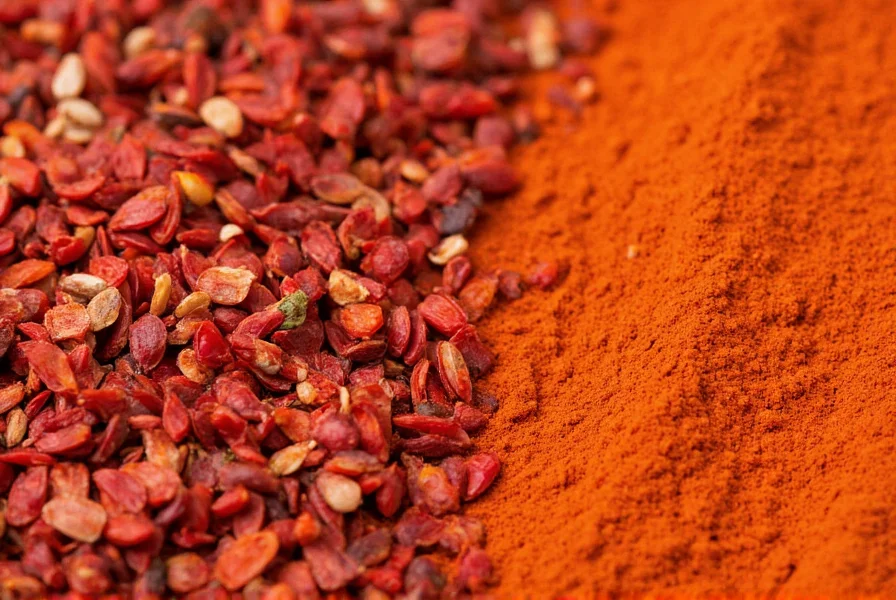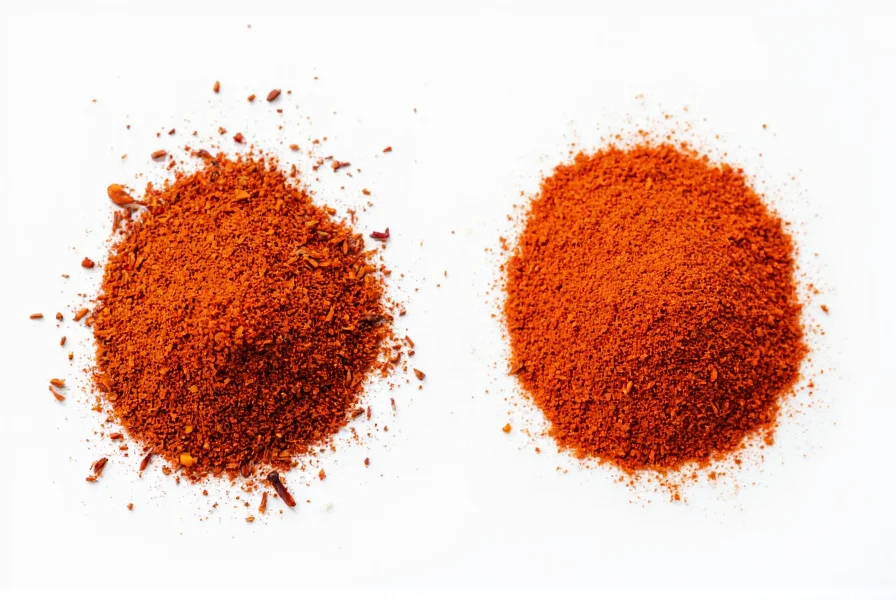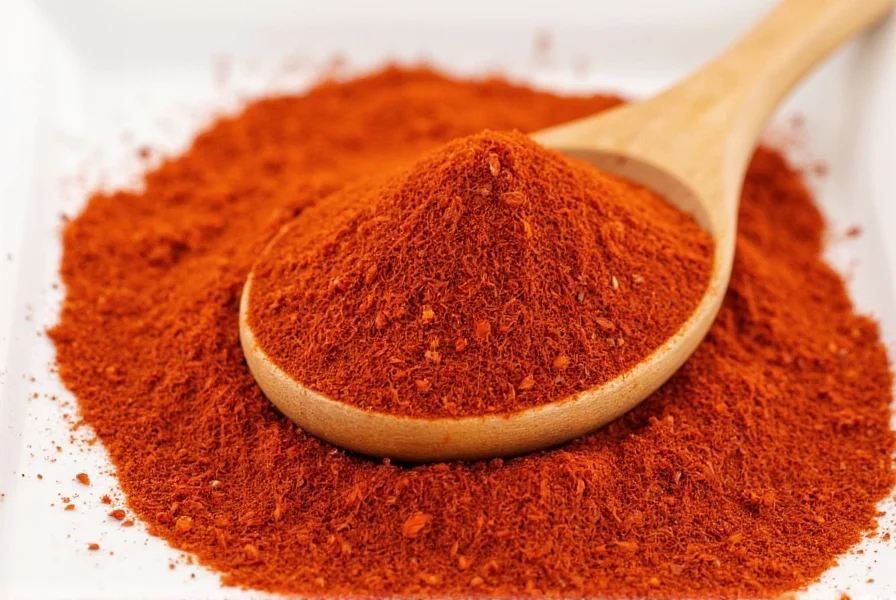When you're in the middle of cooking and realize you've run out of red chili flakes, knowing reliable alternatives can save your dish. Red chili flakes—those vibrant crushed dried peppers found on Italian restaurant tables—provide both heat and a subtle fruity flavor that enhances everything from pasta to pizza. Understanding what makes them unique helps you choose the right substitute based on your specific recipe and heat preference.
What Are Red Chili Flakes Exactly?
Red chili flakes typically consist of crushed dried cayenne peppers mixed with other red chili varieties. They deliver moderate heat (30,000-50,000 Scoville units) with earthy, slightly smoky notes. Unlike pure cayenne powder, they contain small bits of actual pepper skin and seeds, contributing texture and complex flavor beyond just heat. This composition matters when selecting substitutes, as some alternatives provide only heat without the nuanced flavor profile.
Top Substitutes for Red Chili Flakes
Choosing the right replacement depends on whether you need to replicate the heat level, flavor complexity, or both. Here's how the most common alternatives compare:
Cayenne Pepper
Cayenne offers pure, direct heat without the textural elements of red chili flakes. It's significantly hotter—about twice as spicy—so you'll need to adjust quantities carefully. This substitute works best when you primarily need heat rather than the visual appeal of visible pepper flakes.

Crushed Red Pepper
Often confused with red chili flakes, crushed red pepper is actually the same product under a different name. If your recipe calls for red chili flakes, crushed red pepper makes a perfect 1:1 substitute with identical heat and texture. Check your spice aisle—many brands use these terms interchangeably.
Paprika Variations
Depending on your heat needs, different paprikas serve as excellent alternatives:
- Sweet paprika + pinch of cayenne: Perfect mild substitute for sensitive palates
- Hot paprika: Provides similar heat level without the flaky texture
- Smoked paprika: Adds depth for barbecue or roasted dishes
Substitution Guide for Common Cooking Scenarios
| Substitute | Heat Level | Flavor Profile | Best For | Substitution Ratio |
|---|---|---|---|---|
| Cayenne Pepper | ★★★★★ | Sharp, direct heat | Sauces, marinades, baking | 1/2 tsp = 1 tsp flakes |
| Crushed Red Pepper | ★★★☆☆ | Identical to chili flakes | All-purpose replacement | 1:1 replacement |
| Aleppo Pepper | ★★☆☆☆ | Fruity, moderate heat | Mediterranean dishes | 1:1 replacement |
| Ancho Chili Powder | ★☆☆☆☆ | Smoky, sweet notes | Slow-cooked dishes | 1.5 tsp = 1 tsp flakes |
Specialized Substitutes for Specific Cuisines
Different culinary traditions call for tailored alternatives that match regional flavor profiles:
Italian Cooking Substitute
For pasta dishes and pizza where red chili flakes are traditional, use a combination of sweet paprika and a tiny pinch of cayenne. This mimics the moderate heat without overwhelming the delicate tomato flavors. Many Italian chefs actually prefer this controlled approach over standard red chili flakes.
Asian Cuisine Alternative
When making stir-fries or noodle dishes, gochugaru (Korean red pepper flakes) provides similar heat with distinctive fermented notes. Use 3/4 teaspoon gochugaru for every teaspoon of red chili flakes. The slightly sweet, smoky profile complements soy-based sauces beautifully.

Baking Applications
For chocolate dishes or spice cakes requiring red chili flakes, ancho chili powder works best. Its earthy sweetness enhances cocoa flavors while providing gentle warmth. Use 1.5 teaspoons ancho powder per teaspoon of red chili flakes, and consider adding a pinch of cinnamon to round out the flavor profile.
Common Substitution Mistakes to Avoid
Even experienced cooks make these errors when replacing red chili flakes:
- Ignoring moisture content: Fresh peppers add liquid that can alter sauce consistency
- Overcompensating for heat: Start with half the recommended amount and adjust
- Mixing incompatible flavors: Avoid smoked paprika in delicate seafood dishes
- Adding too late: Most substitutes need 2-3 minutes cooking time to mellow
Creating Your Own Custom Blend
For the most versatile red chili flakes replacement, make this pantry-friendly blend:
- Mix 2 tablespoons sweet paprika
- Add 1 teaspoon garlic powder
- Incorporate 1/2 teaspoon cayenne (adjust to taste)
- Stir in 1/4 teaspoon dried oregano
- Store in airtight container for up to 6 months
This combination replicates both the heat and herbal notes of quality red chili flakes while allowing precise heat control. The garlic and oregano add complexity that plain crushed peppers often lack.











 浙公网安备
33010002000092号
浙公网安备
33010002000092号 浙B2-20120091-4
浙B2-20120091-4